Can I Plant Potatoes in June in the UK? Your Complete Guide to Late Season Planting
Yes, you absolutely can plant potatoes in June in the UK! Discover the benefits of late season planting, which varieties work best, and how to harvest fresh potatoes for your Christmas table.
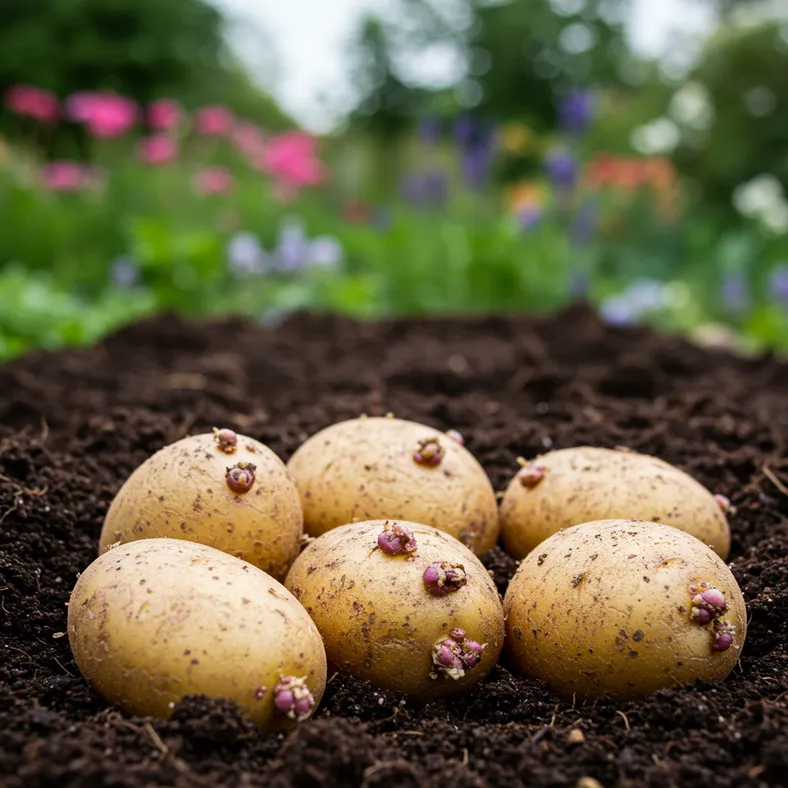
Many UK gardeners believe the potato planting season ends in April, but this couldn't be further from the truth. You can successfully plant potatoes in June in the UK, opening up exciting possibilities for fresh harvests well into winter. Late season potato planting, also known as second cropping, allows you to enjoy home-grown new potatoes for your Christmas dinner and extend your growing season significantly.
This comprehensive guide will show you exactly how to plant potatoes in June, which varieties work best, and how to time your harvest for maximum success.
Why Plant Potatoes in June?

Planting potatoes in June offers several compelling advantages for UK gardeners:
- Fresh Christmas potatoes: Seed potatoes can be planted in July/August for potatoes to be harvested at Christmas, perfect for your festive feasts!
- Extended growing season: Make the most of your garden space by growing two crops per year
- Avoid common pests: Late plantings often escape slug damage and potato blight that affect spring crops
- Warm soil advantage: June's warm soil temperatures promote rapid growth without the need for chitting
- Fresh harvest through winter: Enjoy new potatoes when shop-bought varieties are expensive and less flavourful
The key insight is that early potatoes need around 100 days, and main crops need about 120 days and so planting in May and June will give a great harvest in the late summer.
Best Varieties for June Planting
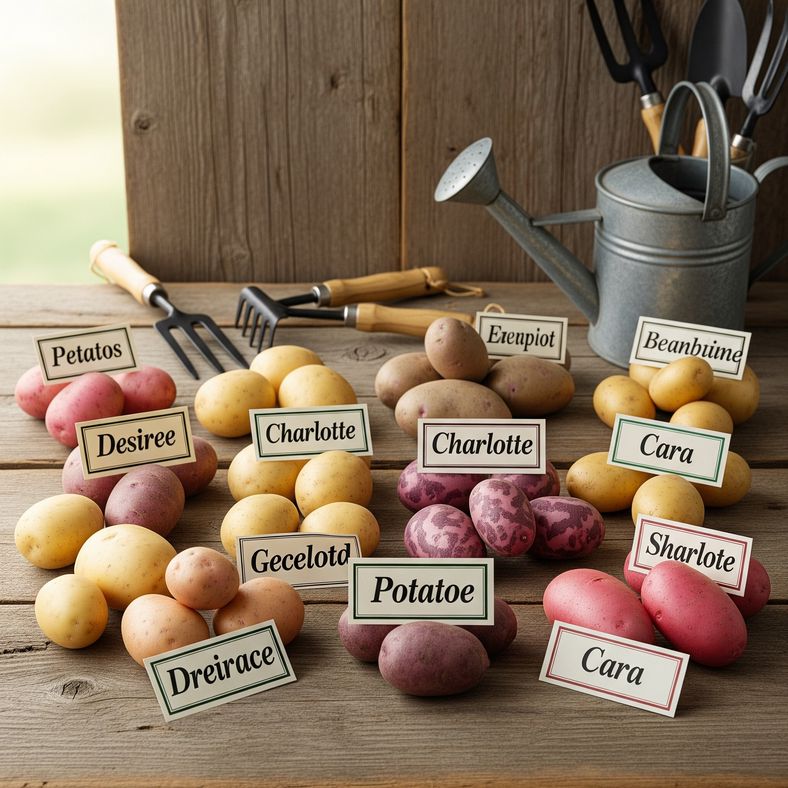
Not all potato varieties are suitable for June planting. The varieties of potatoes suitable for second cropping are specially selected by our technical team as proven winners - you need varieties specifically chosen for their ability to mature quickly in summer conditions.
Recommended June Planting Varieties:
- Rocket: Ultra-fast maturing first early, ready in 10-12 weeks
- Swift: Excellent for containers and quick harvests
- Lady Christl: Reliable second crop performer with waxy texture
- Nicola: Perfect salad potato, excellent for Christmas dinner
- Charlotte: Premium waxy variety, stores well
- Anya: Distinctive nutty flavour, ideal for roasting
These varieties have been specifically selected because they can handle the warmer growing conditions of summer and mature reliably before the first frosts arrive.
When Exactly to Plant in June
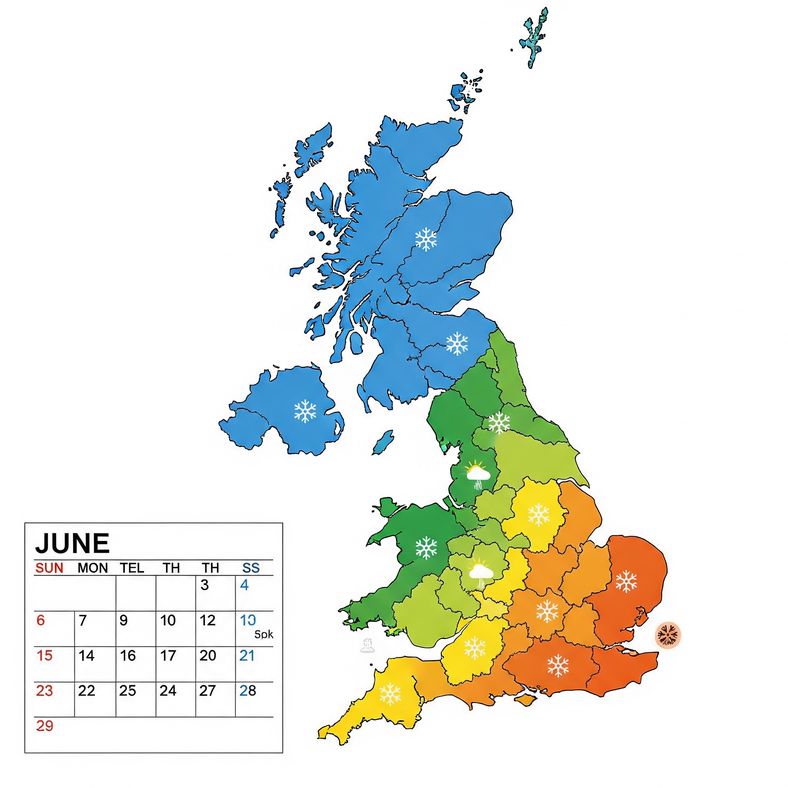
Timing your June potato planting correctly is crucial for success. Summer planting seed potatoes are best planted from mid-June through to the end of July, giving you a flexible window for planting.
Optimal Planting Timeline:
- Mid-June: Ideal for most UK regions, allowing full growing season
- Late June: Still excellent, particularly in southern England
- Early July: Last chance for reliable harvest before frosts
- Regional variations: Northern England and Scotland should aim for earlier June planting
Remember that for late plantings, you'll want to plant your potatoes at least 110 days before your average first frost. In most UK regions, this means your latest planting date is early July for a successful harvest.
How to Plant Potatoes in June

June potato planting follows the same basic principles as spring planting, with some important modifications for the warmer conditions.
Step-by-Step Planting Process:
- Soil preparation: Ensure soil is well-drained and enriched with compost
- No chitting required: Late season potatoes can be planted as soon as they arrive, without needing to be chitted. They'll grow rapidly in warm summer soil.
- Planting depth: Plant 12-15cm deep, slightly deeper than spring plantings
- Spacing: Maintain 30cm between tubers and 60cm between rows
- Immediate watering: Water thoroughly after planting as summer heat can dry soil quickly
- Mulching: Apply a thick mulch to retain moisture and suppress weeds
Container Planting Option:
Plant them either in the ground or in containers. A dustbin, for example, can hold up to four seed potatoes, making container growing an excellent option for June planting.
Care and Maintenance for Summer Potatoes
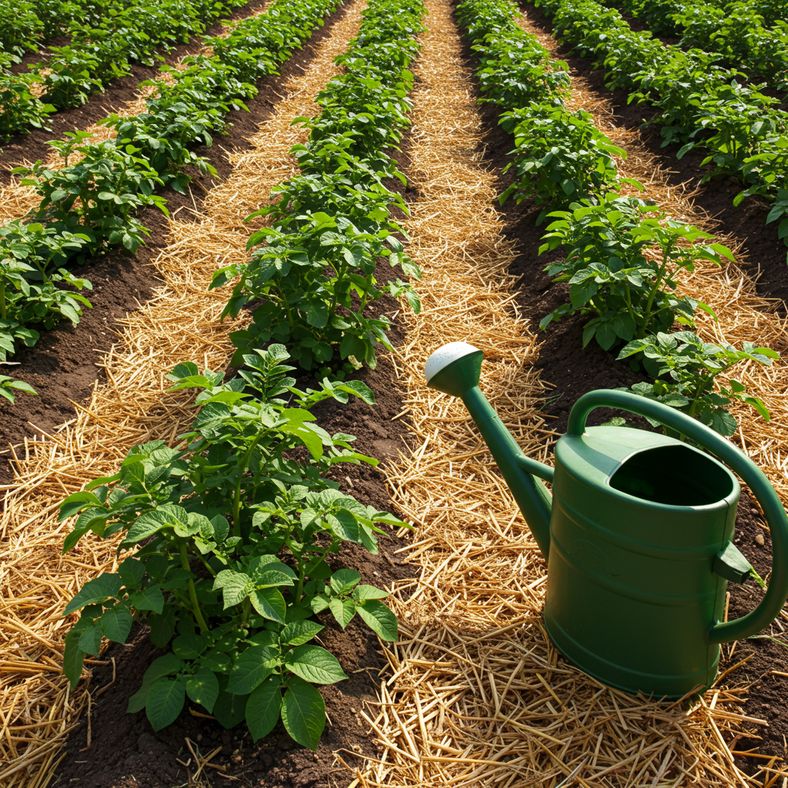
Summer-planted potatoes require slightly different care compared to their spring-planted counterparts due to the warmer, drier conditions.
Essential Care Requirements:
- Regular watering: Consistent moisture is crucial during hot summer months
- Earthing up: Continue earthing up as shoots emerge to prevent greening
- Pest monitoring: Watch for Colorado beetle and aphids which are more active in summer
- Disease prevention: Good air circulation helps prevent blight in humid conditions
- Shade protection: In very hot weather, consider temporary shade cloth
Watering Schedule:
Water deeply 2-3 times per week rather than little and often. This encourages deep root development and helps plants cope with heat stress. Apply water at soil level to avoid wetting foliage and reduce disease risk.
Harvesting Your June-Planted Potatoes
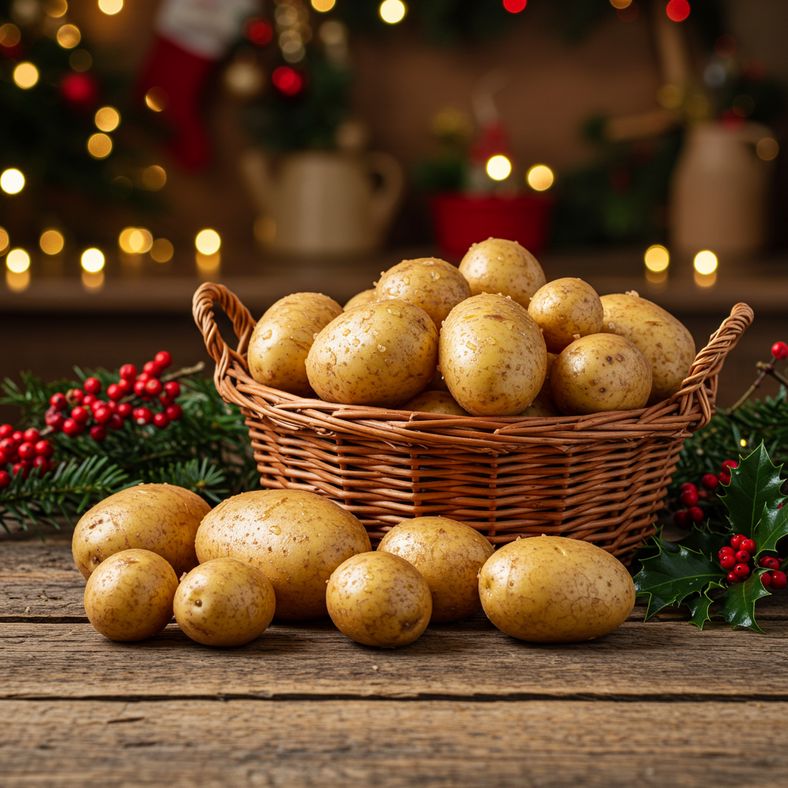
The beauty of June planting is that you can time your harvest for exactly when you want fresh potatoes on your table.
Harvest Timeline:
- September-October: First early varieties ready for autumn meals
- November: Second earlies perfect for bonfire night
- December: Christmas potatoes - the ultimate reward for June planting
Testing for readiness: Before you dig up your first plant, gently scoop away some of the soil to check on the size of the tubers. Cover them again if you decide they're not yet big enough.
Storage Tips:
- Cure potatoes in a cool, dark place for 1-2 weeks before storage
- Store in hessian sacks or paper bags, never plastic
- Keep in temperatures between 4-10°C
- Check regularly and remove any sprouting tubers
Troubleshooting Common Issues
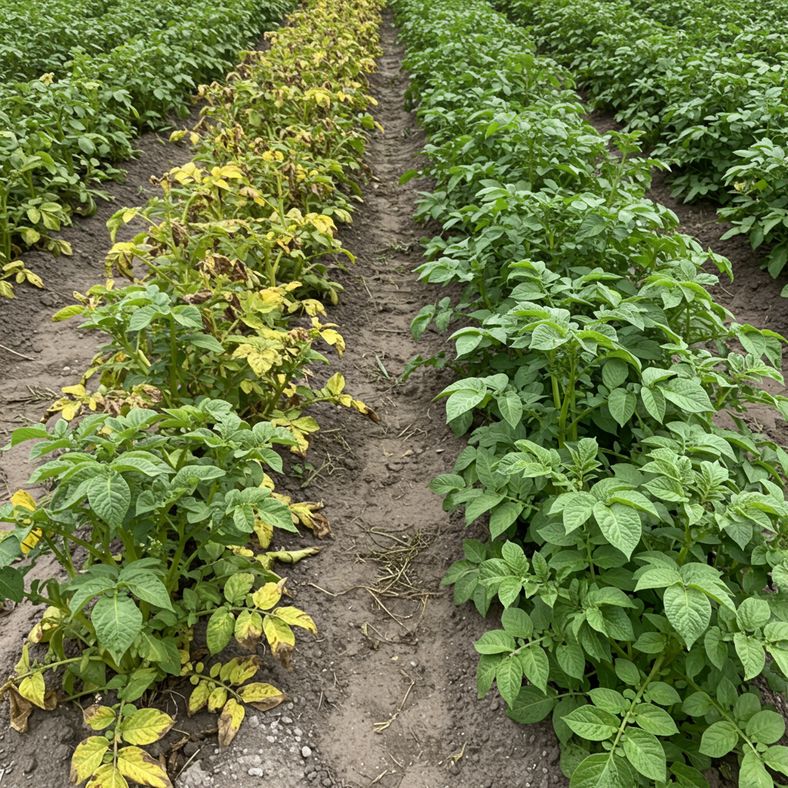
While June potato planting is generally successful, being aware of potential challenges helps ensure the best results.
Common Problems and Solutions:
- Slow emergence: Usually due to insufficient watering - increase frequency
- Poor growth: Often caused by competition from weeds - maintain good weed control
- Small tubers: Typically indicates inadequate feeding - apply liquid fertiliser every 2 weeks
- Green potatoes: Caused by light exposure - ensure thorough earthing up
- Pest damage: Monitor regularly and use organic controls as needed
Weather Considerations:
UK summers can be unpredictable. In drought conditions, prioritise consistent watering. During wet spells, ensure good drainage to prevent tuber rot. If early frosts threaten, harvest immediately even if tubers are smaller than ideal.